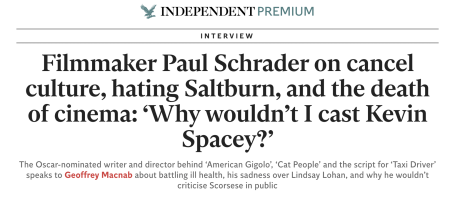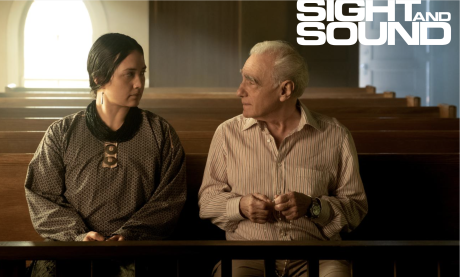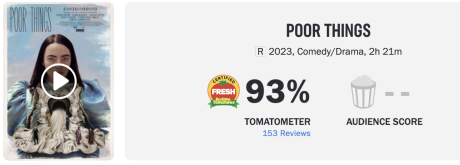
Ryan O’Neal has died at age 82, presumably from cancer. It feels unsettling to acknowledge (or remind ourselves of the fact) that death doesn’t fool around, and because…well, a half-century ago O’Neal was quite the hotshot with golden-amber hair and a Prince of Malibu title and all the rest of it.
On 8.4.19 I wrote that I preferred to think of O’Neal as the guy he was in the early to mid ’70s, when things were as good for him as they would ever get.
I had two minor encounters with O’Neal in the ’80s.
The first was after an evening screening of the re-issued Rear Window** at West L.A.’s Picwood theatre (corner of Pico and Westwood) in late ’83. As the crowd spilled onto Pico O’Neal and his date (probably Farrah Fawcett) were walking right behind me, and I heard O’Neal say “that was sooo good!” Being a huge Alfred Hitchcock fan, this sparked a feeling of kinship.
Four years later I was a Cannon publicity guy and charged with writing the press kit for Norman Mailer‘s Tough Guys Don’t Dance, which didn’t turn out so well. I for one, however, liked Mailer’s perverse sense of humor.
I did an hour-long phoner with O’Neal, and my opening remark was that he was becoming a really interesting actor now that he was in his mid 40s with creased features. He was too good looking when younger, I meant, and so his being 46 added character and gravitas. O’Neal was skeptical of my assessment but went along — what the hell.
In fact O’Neal’s career had been declining for a good five or six years at that point. He knew it, I knew it — we were doing a press-kit-interview dance because there was nothing else to say or do.
O’Neal’s last hit film had been Howard Zeiff and Gail Parent‘s The Main Event (’79), which critics panned but was popular with audiences. He had starred in four mezzo-mezzos before that — Peter Bogdanovich‘s Nickelodeon (’76), Richard Attenbrough‘s A Bridge Too Far (’77), Walter Hill‘s The Driver (’78) and John Korty‘s Oliver’s Story.
Consider this HE anecdote about some 41-year-old graffiti on an Oliver’s Story poster.
O’Neal’s career peak lasted for five years (’70 to ’75) and was fortified by a mere four films — Arthur Hiller‘s Love Story (’70), Bogdanovich’s What’s Up Doc? (’72) and Paper Moon (’73), and Stanley Kubrick‘s Barry Lyndon (’75). (The Wild Rovers and The Thief Who Came to Dinner, which O’Neal also made in the early ’70s, were regarded as mostly negligible and therefore didn’t count.)






